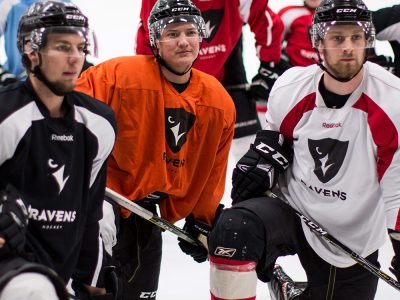By Tyrone Burke
More than a quarter of first-year students at Carleton self-identify as having a disability, and about 11 per cent have registered with the Paul Menton Centre for Students with Disabilities. An additional six per cent of university staff report having some type of disability.
Ensuring that all of our students, staff, and faculty fully participate in Carleton’s life, work, and community means building on a longstanding culture of accessibility and inclusiveness.
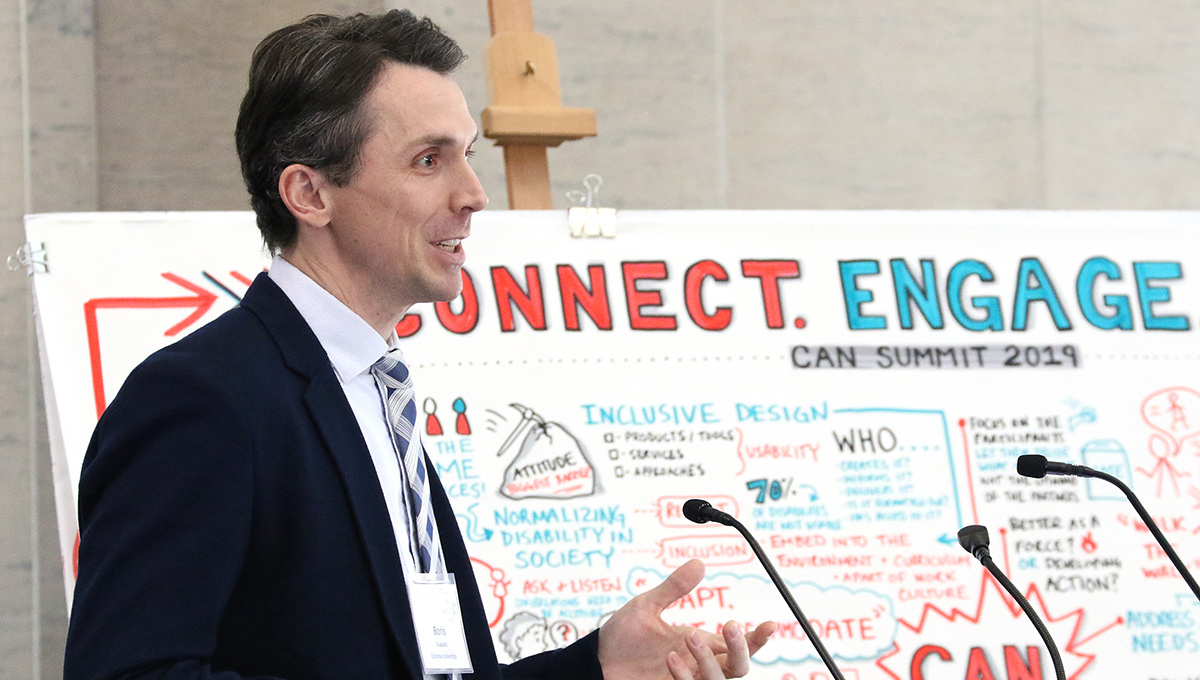
Boris Vukovic
“Accessibility is one of Carleton’s core values,” says Boris Vukovic, director of the Research, Education, Accessibility, and Design (READ) Initiative, which aims to establish Carleton as a Centre of Excellence in Accessibility.
“Carleton has had many successes in accessibility, and to continue building this reputation in the most impactful and meaningful way, we needed to have a coordinated strategy to identify current gaps and future opportunities.”
The new Coordinated Accessibility Strategy, presented to Carleton’s Board of Governors during National AccessAbility Week, will guide the university’s ongoing commitment. The steering committee which guided the strategy’s development was cross-functional and received input from the community obtained through an extensive consultation process.
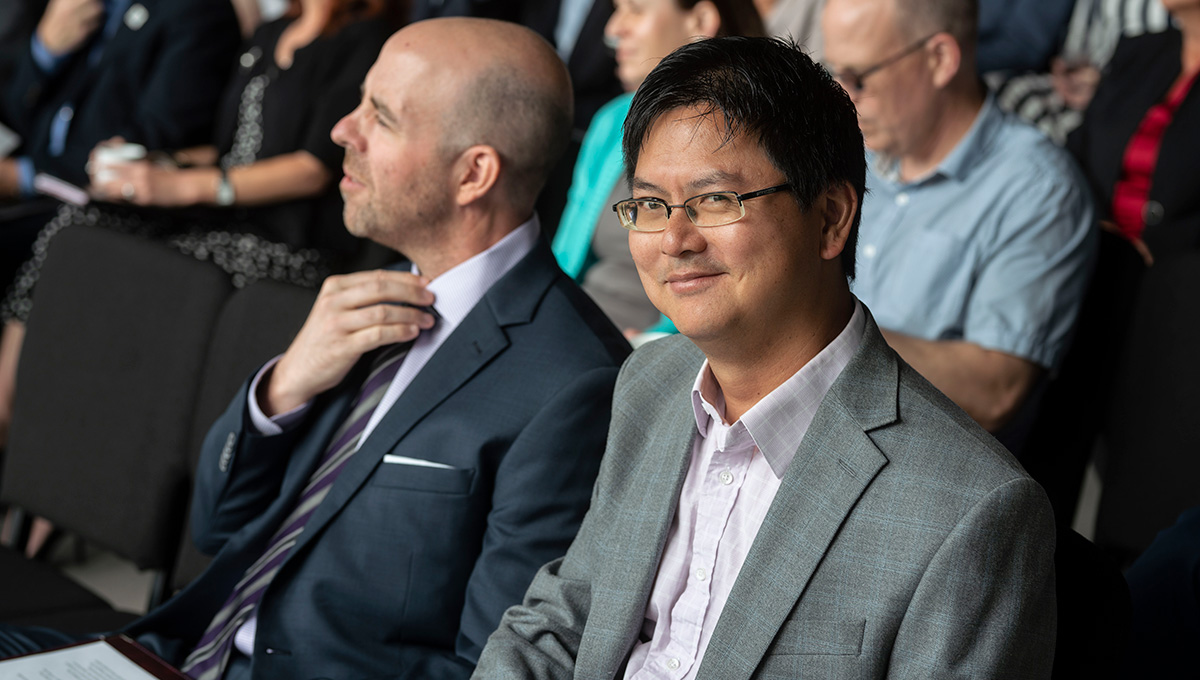
Carleton University President Benoit-Antoine Bacon and Prof. Adrian Chan
“We had representation from faculty, staff and students from across the Carleton campus,” says Adrian Chan, a professor of Systems and Computer Engineering and director of Research and Education in Accessibility, Design, and Innovation (READi).
“And it was absolutely key that we were able to hear the voices of community members.”

Voices of a Diverse Community
Consultations with the community collected nearly 100 pages of community feedback. There was so much engagement that the project’s original timelines were extended.
“We heard from many different stakeholders, and we are very confident that this is a strategy that represents the voices of our diverse community,” says Greg Aulenback, director of Strategic Initiatives for the Vice-President (Students and Enrolment), who worked with his team to run the strategy’s website and consultation process.
The strategy is not meant to replace all work that has been done and is being done.
“Rather, we want to build upon all of the different services, programs and initiatives that already exist, and inspire a strong campus culture of accessibility.” says Suzanne Blanchard, VP (Students and Enrolment), who spearheaded the effort.
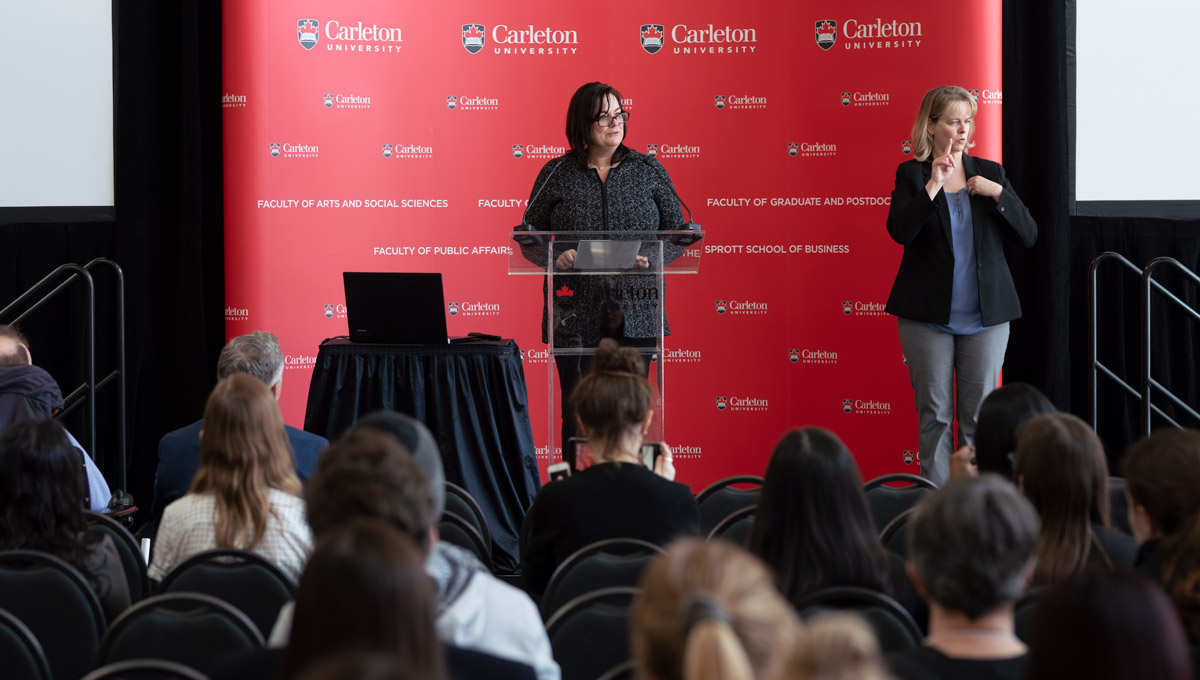
Suzanne Blanchard, VP (Students and Enrolment), speaks during the Carleton University Accessible Experiential Learning Showcase in 2019.
The strategy sets objectives and makes recommendations in seven key areas: coordination and leadership; education and training; information and communication; physical campus; employment and employee support; student support services; and research and development.
But even with extensive consultations, no accessibility strategy could anticipate every challenge. The Coordinated Accessibility Strategy will need to be a living document that continues to grow and adapt to circumstances that are certain to evolve.
“No two disabilities look exactly the same,” says Rebecca Andre, a fourth-year student in applied linguistics who was one of the undergraduate student representatives on the steering committee.
“Everyone has unique needs, and the strategy has to be able to reflect that. It has to be able to grow. If it doesn’t grow, then we’re doing a disservice. If we’re going to be able to say that we are the most accessible university in Canada, we have to be able to continue to adapt.

Always Room for Improvement
But some challenges are already well known, and the strategy makes recommendations to address these. It recommends that campus accessibility exceeds minimum requirements, and that educators are provided with the skills they need to consider accessibility in the design of academic activities.
“For some students, it can be really hard to approach the professors and say: ‘Hey, I need accessibility,’” says Andre.
“Some of us are good with it. I am a student with a disability, and I identify as someone who has a disability. I am very open, and very up front about that. This is who I am. It is my identity. But some people don’t like to have the spotlight on them. Having those types of conversations can swerve the power struggle a little too much. Why do you have to be the one to ask for help?”
When it comes to accessibility, there is always room for improvement, says Cathy Malcolm Edwards, who will implement the strategy.
“Carleton has a rich, demonstrated history of accessibility. From the tunnels on campus to the Paul Menton Centre for Students with Disabilities, which is celebrating its 30th anniversary in 2020,” says Malcolm Edwards.
“But we need to challenge ourselves to grow and not to become complacent. We can celebrate and honour our history, while striving for better. That is what this strategy allows us to do.”
The Coordinated Accessibility Strategy is envisioned as a catalyst for creating a more accessible and inclusive society, but that will require a sustained commitment. The strategy’s architects credit the support they have received from Carleton’s president and four vice-presidents for putting the university in a position to take a leadership role in accessibility.
“We want to be a leader in accessibility, but it isn’t a competition” say Chan and Vukovic.
“This strategy is something that is quite unique. It’s something that we’re proud of. We hope that it will serve as a model that others will follow – and kudos to them if they do. Likewise, we want do the same, and learn what we can from others.”
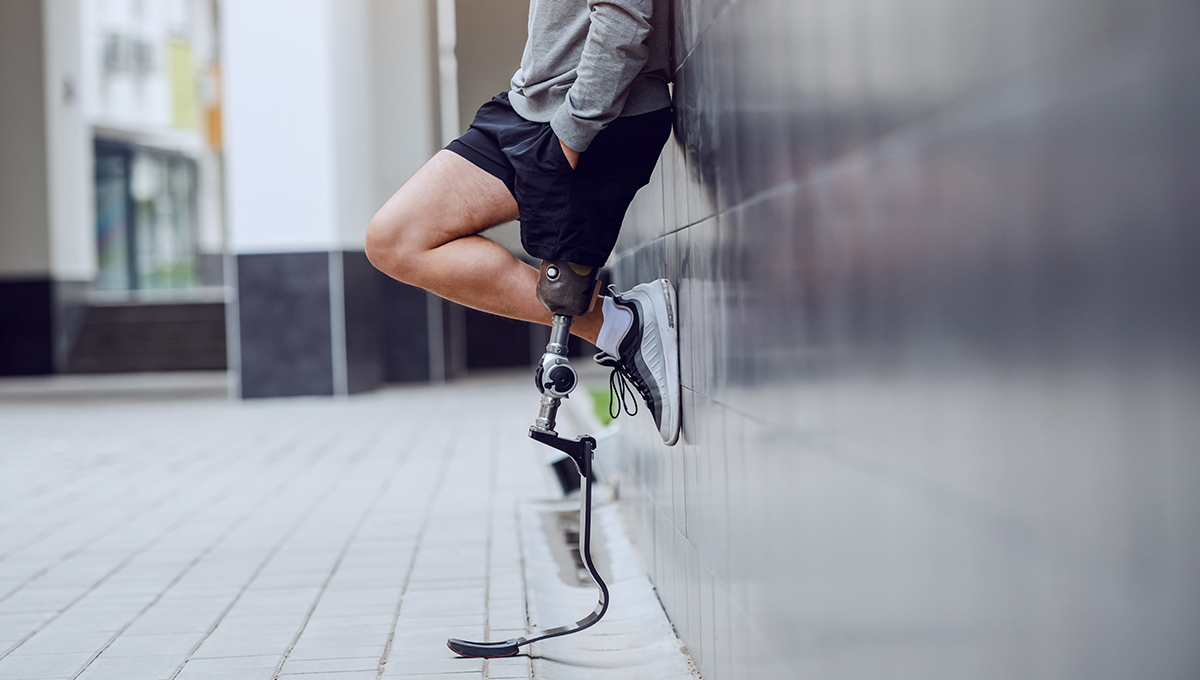
Thursday, June 4, 2020 in Accessibility, Paul Menton Centre, READi
Share: Twitter, Facebook
